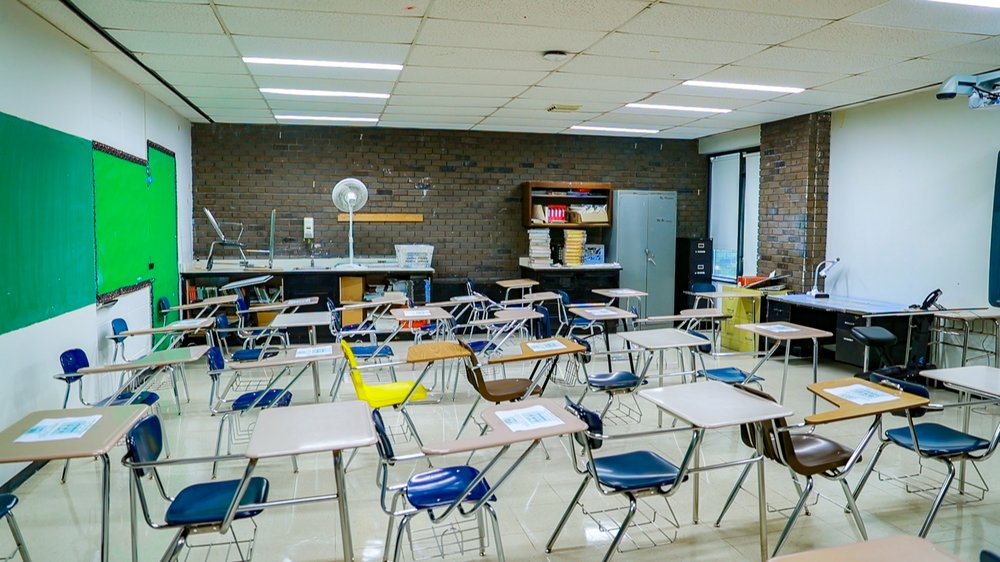NYC schools lack mental health professionals as students reel from pandemic, comptroller audit finds
Aug. 18, 2022, 5:36 p.m.
A state comptroller audit finds the vast majority of city schools lacking sufficient school counselors and social workers.

At one middle school in Jamaica, Queens, just one part-time social worker and two school counselors were available to address mental health issues for 1,200 students.
The sorry staffing at I.S. 238, the Susan B. Anthony Academy, is a typical scenario in the New York City public school system, according to a new audit from state Comptroller Thomas DiNapoli. The review found that the vast majority of the city’s 1,600 schools have a dire shortage of counselors and social workers to help students whose mental health has deteriorated in the pandemic.
“They provide some minimum level (of mental health treatment) in certain schools, and we found some disparities, but what really is lacking is an overall plan of oversight from the Department of Education,” DiNapoli told Gothamist on Thursday.
The audit found that more than 400 of the system’s 1,600 schools lacked a single social worker during the 2020-2021 school year. Of the approximately 1,100 schools that did have a social worker, 80% failed to meet the recommended ratio of one social worker for every 250 students, the audit reported.
DiNapoli’s office found a similar staffing shortage among school counselors. While most city schools had at least one counselor, 64% of those schools failed to meet the same recommended staffing ratio.
The Department of Education disputed DiNapoli’s analysis, saying that more than 5,000 social workers and guidance counselors are now working in the school system – though it’s unclear how many of them are working full time.
“Currently, every NYC public school student has access to a counselor, social worker, or school-based mental health clinic,” said DOE spokesperson Suzan Sumer, who added that the audit is based on data that’s “out of date.”
The DOE acknowledged 56 schools lacked a social worker during the last school year. Students in those schools had access to “other mental health support programs,” Sumer said.
The audit comes as more research shows the extent of the pandemic’s impact on kids’ mental health.
The Centers for Disease Control and Prevention reported in March that 37% of high school students “experienced poor mental health” during the pandemic and 44% said they “persistently felt sad or hopeless” during the last year.
The audit also found the DOE didn’t require all school staff who interact with students to undergo training to identify and address their mental health needs, and failed to ensure the schools were complying with state law mandating mental health instruction. The DOE said it believes the current required training for school staff is adequate.
“We do think it's a growing issue, not just in New York, but across the country in terms of the crisis that many young people are facing,” DiNapoli said. “This is real, it's urgent. And the schools need to be part of the solution of identifying those in crisis and avoiding the worst possible outcome.”